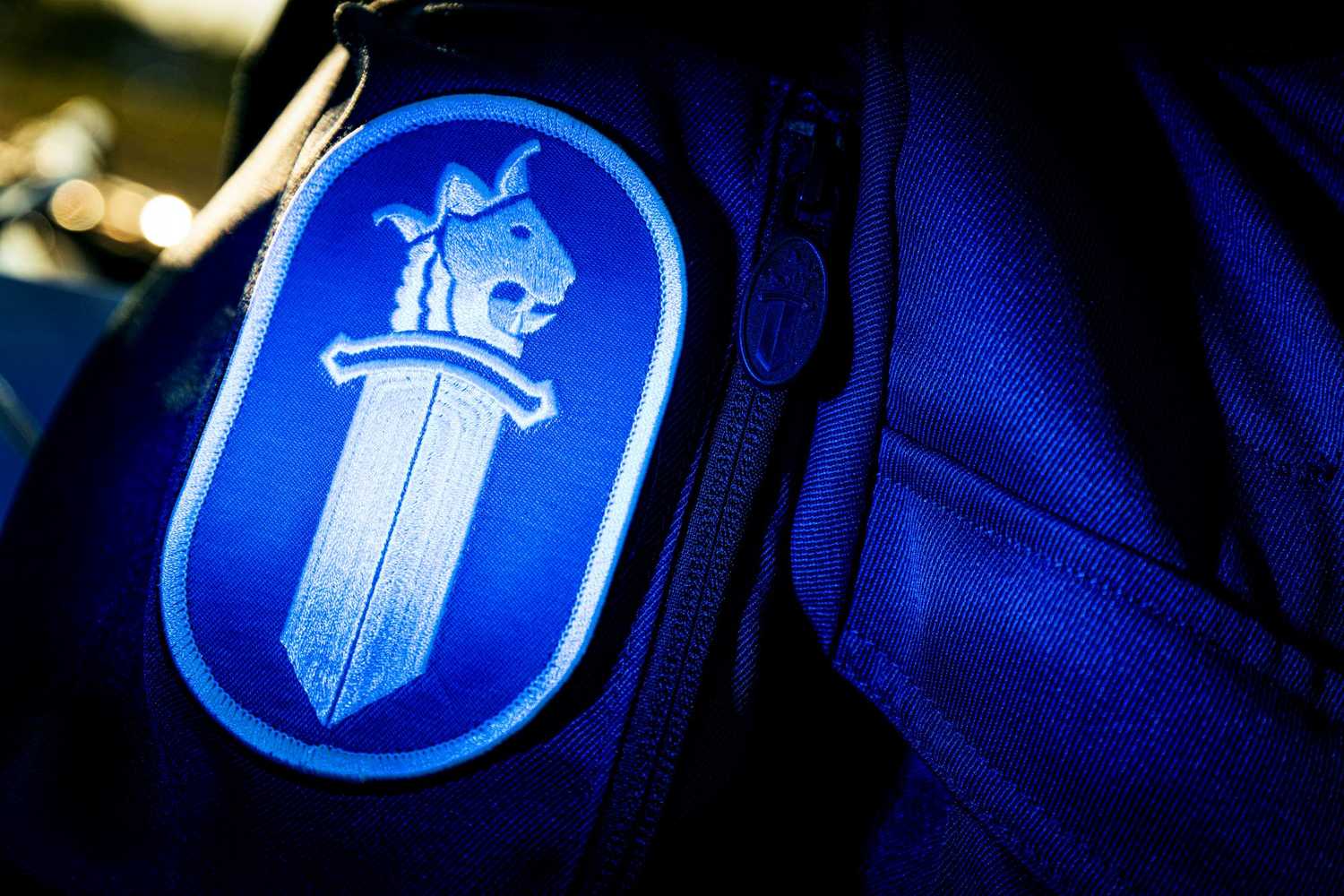Does traffic safety matter?
Did you know that every 23 seconds, someone dies in traffic in some part of the world? Every year, more than one million people are killed in traffic globally. No wonder then that the WHO works worldwide to reduce the number of traffic deaths. The WHO organised the first meeting of European Traffic Police this October. The presentations underlined the importance of the Police traffic controls to reduce road fatalities.
Finland, a strong and caring country, safeguards its inhabitants at home, on the streets and at the borders. The public feeling of traffic safety is part of the overall security experience. In 2022, less than 200 people died in traffic which is a sign of a positive trend. This favourable development seems to persist in the year now drawing to its end.
However, 200 traffic fatalities is by no means a small number. Every death mostly touches a large number of persons close to the deceased. More extensively, traffic deaths also impact the public feeling of security. Road fatalities is not a very frequent topic in society, compared to the number of persons who still lose their lives in traffic. The number of those killed as victims of homicides is smaller while drug-related fatalities show higher in number. Be it how it may, every death is a source of human suffering and social cost, even if expenses are of no consequence when weighed against the loss of a human life.
The core of the national traffic safety work is to decrease the number of road fatalities and serious injuries. When we are able to decrease them, we have less human suffering but also incur less cost as a society. Traffic control operations are in the centre of the Police traffic safety work, further intensified by communications and supported by follow-up, such as statistics, surveys and feedback.
Finland can boast a unique traffic fatality investigation system which produces quite detailed information on the causes related to traffic accidents. We therefore know that speeding and intoxicant use are the core factors leading to deaths in road accidents. This also applies to other European countries.
In the Police traffic safety work, an important focus is to maintain the awareness of a sufficient risk of getting caught, achieved by traffic controls. This is done by targeting random controls in roads and population centres chosen on a knowledge-based method. We cannot be everywhere controlling at all hours of the day, but the Police is performing traffic controls every day in various parts of Finland. Decreasing the accident risk is another objective of the Police traffic controls. The Police wants to target the controls in certain areas and traffic groups at times with the highest accident risk.
Unnecessary risk taken in traffic – at the expense of oneself and others
Traffic safety work is much more than just the Police controls. In the end, it is about choices, decision and actions taken by the individual. It is therefore a question of human behaviour. Why do we not always behave in the way that would be safest to us and to others but instead are prepared to take risks and which threaten not only our own life and health but also that of others?
This was the very question posed by the WHO representative in the presentation given at the meeting. This makes controls necessary. However, traffic planning also plays an important role in guiding human behaviour and minimising the consequences of mistakes that we all might make in traffic. The Swedish objective is to accentuate traffic environment planning Vision Zero . In the Swedish view, the traffic environment must send a message to drivers, for example as concerns the safe speed, and to guide the driver to act accordingly. Another premise of traffic planning is to let the drivers do as few “wrong” traffic choices as possible, and if a mistake takes place, the consequences should be as limited as possible.
The Finnish traffic safety work is guided by the Traffic Safety Strategy 2022–2026 (Ministry of Transport and Communications, 2022), and the road traffic is characterised by a vision of zero fatalities. The interim objective is to halve the number of road deaths and serious accidents from 2020 to 2030 which translates into about 100 road fatalities annually.
It is important for Finland to have a strategy that should guide the work of all parties involved in traffic safety work towards the “zero vision”. The strategy makes it possible to set the basis for each and everybody’s work, but it is only a foundation.
Improving traffic safety calls for societal discussion
The meeting also focused on the factors in society that seem to prevent the positive development of traffic safety work. At times it feels that the traffic safety strategies drawn and objectives set are not proceeding hand in hand with the resources allocated for traffic controls or, more generally, to traffic safety work. Certain simultaneous phenomena in society may also surpass the traffic safety objectives and so the operations focus on new and temporary phenomena. In other words, the policy is sometimes erratic.
It is true that internal security and safety are subject to phenomena which must be addressed in a timely, strong and decisive manner by society and the Police. However, old and existing internal security threats remain, and new or stronger phenomena just build on them. It is also a question of the value set for internal security as a whole. The Police is the leading internal security authority, with an operating environment that has become significantly more multifaceted. The Police has the operative responsibility to prevent the threats to internal security, in collaboration with other authorities in the field. Internal and external security are increasingly intertwined. The Police therefore plays an important role, be it traffic safety or the prevention of hybrid actions.
In the previous passages, reference was made to inactive societal discussion. Individual tragic accidents hit the news titles but often do not lead to more extensive analyses in news editorials or to a dialogue within the society at large. Sometimes traffic controls are not even seen as an acceptable form of action, as certain people find them an obstacle or harm to their personal freedom of action, and at times they may lead to passive or even active opposition.
Does traffic safety therefore matter? It certainly does, at least for those who make up the yearly fatality numbers, or if you ask the near and dear of the 200 persons lost in traffic on a yearly basis. Not everybody died due to their own action but as victims of insufficient traffic safety.
Pasi Rissanen
Assistant Police Commissioner
National Police Board





